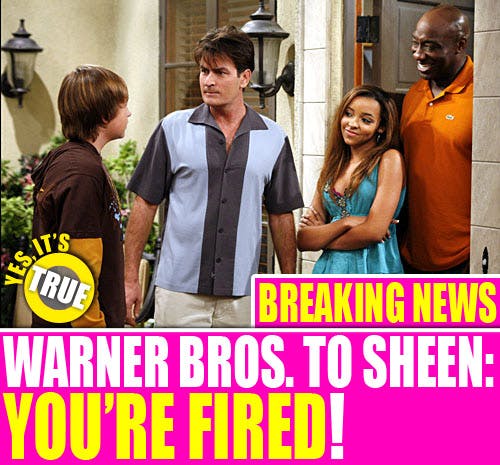Editor’s Note: Sometimes, readers ask about past TLNT articles they may have missed. That’s why on Fridays we republish a Classic TLNT post some of you have asked about.
If you’ve been to a Hard Rock Cafe before, you know how unique the restaurant experience is there. But besides the memorabilia, music and videos playing non-stop, what makes the Hard Rock special?
Jim Knight, Senior Director of Training at Hard Rock International, kicked off the first-ever TLNT Transform conference in Austin, Texas talking about how Hard Rock builds their own team of rock stars. And even if your idea of a rock star employee is a salesperson who can close deals or a person who can swing a hammer, he offers 10 ways to build the team you need to succeed.
10 tips to build a better team
Knight shared 10 ways that he has found to build better teams while working at Hard Rock:
- Develop a crystal clear, brand-specific recruiting strategy. Customizing your recruiting approach is essential to getting the best start. Knight said that it is near impossible to train poorly selected employees.
- Ensure leaders are singing off the same song sheets. Making sure that your managers are communicating the same message to all employees. What’s your mission? What’s most important? If your leaders don’t know and agree on what those things are, then you won’t ever get people on the same page.
- Be the chocolate — create employment differentiation. If your company is like every other company out there, you’ll be more easily impacted by competitive pressures. It is better to be different. It won’t make everyone happy but it will make some people delighted and committed in ways you can’t buy.
- Serve the brand Kool-Aid through compelling storytelling. Understanding the compelling story of what you’re doing. It may sound easy when you’re the Hard Rock Cafe but it is figuring out exactly how to tell the meaning behind what you’re doing as a company.
- Communicate the language that employees dream. Building your training and communication pieces around how your employees communicate is critical to having universal understanding across the organization. Hard Rock uses training material inspired by comic books.
- Create an army of giants around you. Understand people’s strengths and put them in the right positions in your organization. Knight’s goal is to figure out what you’re the best at and putting you where you can help. And by doing that, you’ll help employees contribute their best.
- Incent employees like they’re rock royalty and treat them like volunteers. Top talent always has opportunities outside of the company. That means recognizing them like the top talent they are and treat them like a volunteer, not a person who you have cornered because of the paycheck.
- People quit individuals — love the one you’re with. If the people in leadership positions in your organizations don’t love the people that work with them, you’re going down a dangerous road. Either embrace who you have or be on a short path to embrace the people you have.
- Let love rule — support an employee volunteer philanthropy group. Connecting your business to important causes beyond your business is important not just for a brand but for your employees. When it is driven by employees, it adds authenticity to the experience.
- People only repeat what they like. Employees and customers alike want to share positive experiences. The only chance you have to create positive stories to share are to make sure all of these things come together in their overall employment experience.
Lessons from the Hard Rock story
It might not be a traditional business but there are some key lessons here from the Hard Rock brand. For one, the core principles that HR people have been advocates of for years continues to be important, even if it is repackaged and customized based on your business.
Even though a lot of what Hard Rock does can seem like window dressing on just good employment practices, there’s something to say about window dressing that matches everything else that the company supports the idea that everyone should be on the same page.
And if your employment practices don’t fit what your company does, window dressing or not, it’s going to come off as contrived and artificial.
